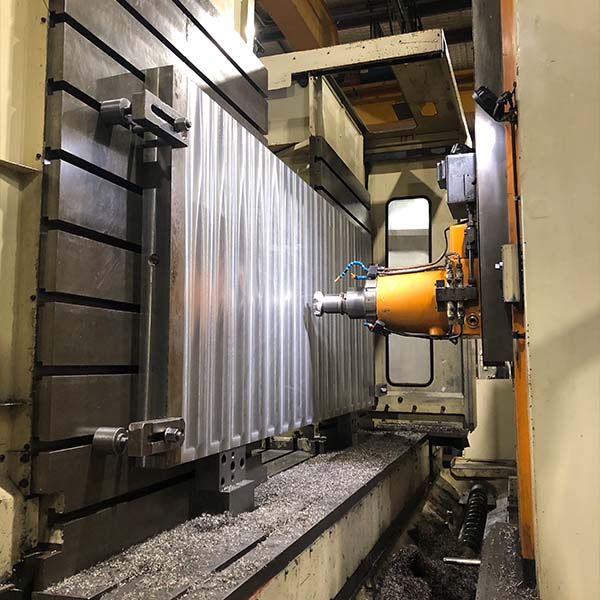In the world of precision engineering and manufacturing, injection moulding is a vital process. It enables the production of high-quality, complex parts at scale. But what exactly are injection moulding tools, and why are they so essential? In this comprehensive guide, we’ll explore the components, materials, and applications of injection moulding tools, shedding light on their critical role in modern manufacturing.
What Are Injection Moulding Tools?
Injection moulding tools, often referred to as moulds or dies, are the heart of the injection moulding process. They are used to shape molten materials into desired forms by injecting them into a pre-designed cavity. Once the material cools and solidifies, it takes on the shape of the cavity, resulting in a finished part. These tools are indispensable in various industries, including automotive, consumer goods, medical, and electronics.
Components of Injection Moulding Tools
Mould Base: The mould base is the sturdy frame that holds all the components of the mould together. It ensures proper alignment and stability during the moulding process.
Cavities and Cores: Cavities are the negative spaces that form the external shape of the final product, while cores create internal features. The precision of these components is crucial for producing high-quality parts.
Runner System: The runner system consists of channels that guide the molten material from the injection unit to the cavities. Efficient runner design minimizes material waste and ensures uniform distribution.
Gates: Gates are small openings that allow the molten material to flow into the cavities. The design and placement of gates affect the quality and appearance of the final product.
Ejector System: The ejector system pushes the finished part out of the cavities once it has cooled and solidified. It includes ejector pins and plates that ensure smooth and damage-free ejection.
Materials Used in Injection Moulding Tools
Steel: Known for its durability and wear resistance, steel is the preferred material for high-volume production moulds. It can withstand the repetitive stress of the injection moulding process. Steel also provides different levels of quality that can allow a tool to last many cycles longer.
Aluminum: Lighter and less expensive than steel, aluminum is ideal for prototyping and low-volume production. It offers good thermal conductivity, which can reduce cooling times.
Types of Injection Moulding Tools
Single Cavity Moulds: These moulds produce one part per cycle, making them suitable for low-volume production or specialized parts.
Multi-Cavity Moulds: Designed to produce multiple parts per cycle, multi-cavity moulds increase production efficiency and reduce unit costs.
Family Moulds: Containing multiple cavities for different parts, family moulds allow for the simultaneous production of various components in a single cycle.
Two-Shot Moulds: These moulds enable the injection of two different materials in a single cycle, often used for multi-material or multi-color parts
Applications of Injection Moulding Tools
Automotive Industry: From dashboards to bumpers, injection moulding tools are used to produce a wide range of automotive parts with precision and consistency.
Consumer Goods: Everyday items like plastic containers, toys, and household products are commonly manufactured using injection moulding.
Medical Devices: Injection moulding tools play a crucial role in producing medical components such as syringes, diagnostic equipment, and prosthetics.
Electronics: Casings, connectors, and various components for electronic devices are efficiently produced with injection moulding tools.
Benefits of Injection Moulding Tools
High Efficiency: Injection moulding allows for the rapid production of large quantities of parts, making it ideal for mass production.
Precision and Consistency: The accuracy of injection moulding tools ensures that each part meets exact specifications, reducing the need for post-production modifications.
Material Versatility: Injection moulding supports a wide range of materials, including various plastics, elastomers, and even metals.
Injection moulding tools are the backbone of the injection moulding process, enabling the efficient and precise production of complex parts across various industries. Understanding their components, materials, and applications is essential for anyone involved in manufacturing or product development. By leveraging the capabilities of injection moulding tools, manufacturers can achieve high-quality, cost-effective production at scale.
Whether you’re a seasoned engineer or a curious inventor, recognizing the importance of these tools can help you make informed decisions in your next project. Stay ahead in the competitive manufacturing landscape by embracing the power of injection moulding tools.


